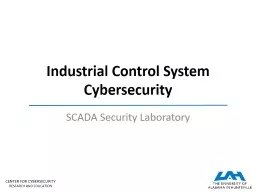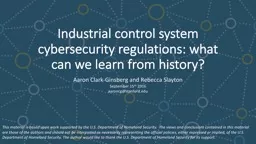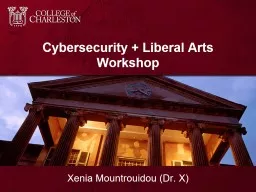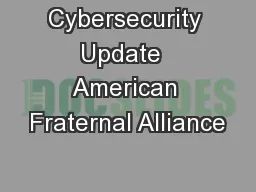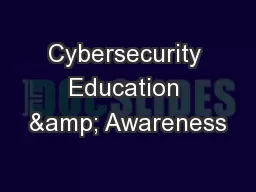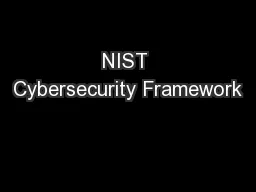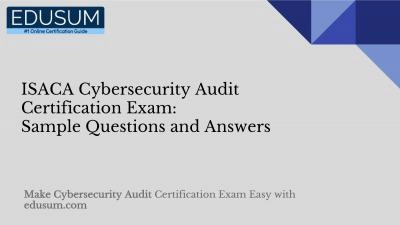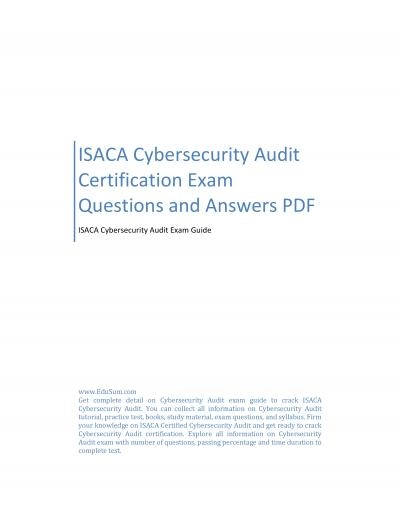PPT-Industrial Control System Cybersecurity
Author : tawny-fly | Published Date : 2018-03-20
SCADA Security Laboratory Cyber Kill Chain Preparation Intrusion Active Attack Payload Delivery Taking Control Actions on Objective Eliminate Manipulate Evidence
Presentation Embed Code
Download Presentation
Download Presentation The PPT/PDF document "Industrial Control System Cybersecurity" is the property of its rightful owner. Permission is granted to download and print the materials on this website for personal, non-commercial use only, and to display it on your personal computer provided you do not modify the materials and that you retain all copyright notices contained in the materials. By downloading content from our website, you accept the terms of this agreement.
Industrial Control System Cybersecurity: Transcript
Download Rules Of Document
"Industrial Control System Cybersecurity"The content belongs to its owner. You may download and print it for personal use, without modification, and keep all copyright notices. By downloading, you agree to these terms.
Related Documents

